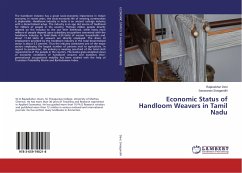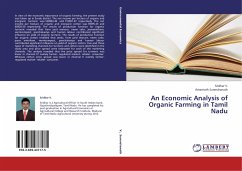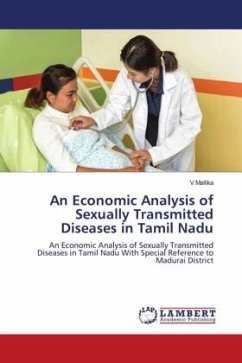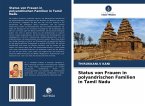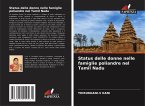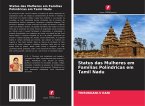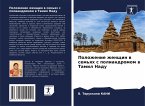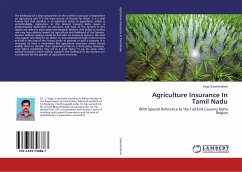The handloom industry has a great socio-economic importance in Indian economy. In recent years, the socio-economic life of weaving communities is deplorable. Handloom industry in India is an ancient cottage industry with a decentralised setup. The industry is an age old source of livelihood for millions of people in the country. Thirteen million people directly depend on the industry to eke out their livelihood, while many more millions of people depend upon subsidiary occupations connected with the handloom industry. In Tamil Nadu 4.29 lakhs of weaver households and about 11.64 lakhs of weavers are directly employed. The share of employment provided by the handloom industry in the total decentralised sector is about 5.5 percent. Thus the industry constitutes one of the major sectors employing the largest number of persons next to agriculture. In regard to production, the industry is meeting one-third of the total cloth requirements of the people in the country. The books gives analytical views of economic conditions of handloom weavers and examines Inter-generational occupational mobility has been studied with the help of Transition Probability Matrix and Barthelomew Index.
Bitte wählen Sie Ihr Anliegen aus.
Rechnungen
Retourenschein anfordern
Bestellstatus
Storno

